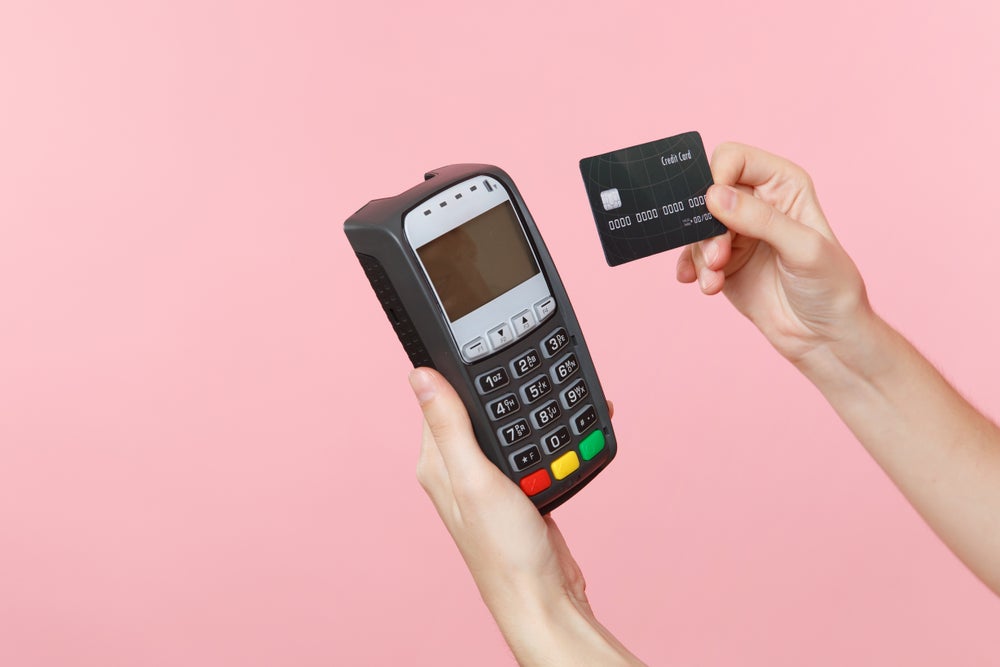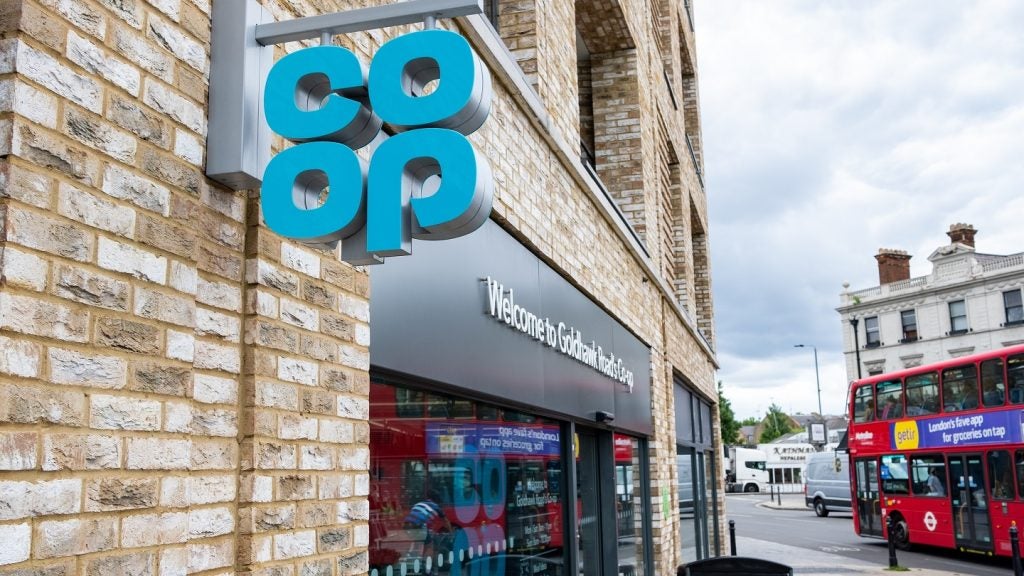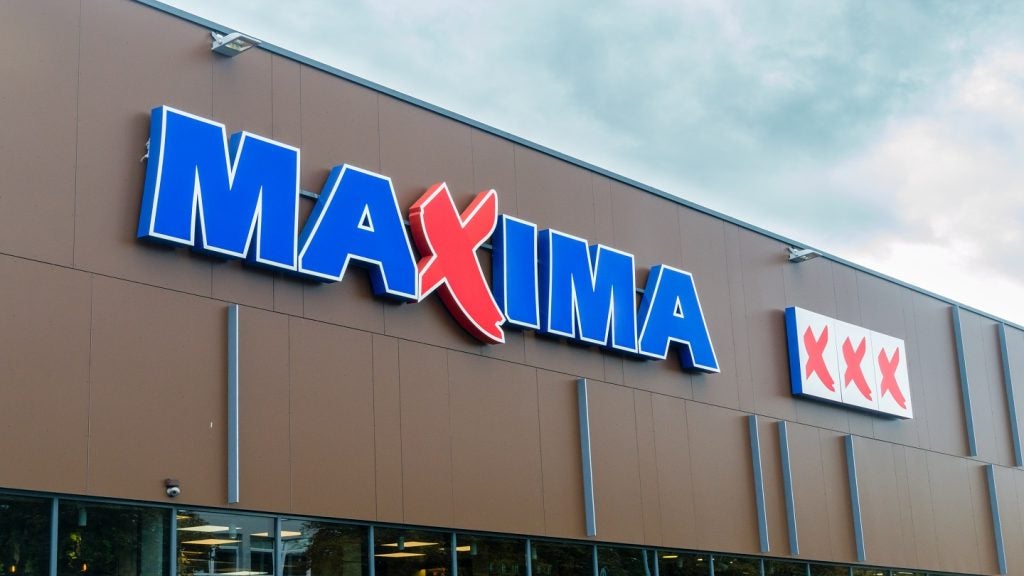Times remain tough for bricks and mortar outlets. The fallout from Brexit and Covid continues to result in mass closures of chain stores, while the move to ecommerce, recession and inflation have all had a huge impact on consumer behaviour and spending in retail.
Combatting these issues is Point-of-Sales (PoS) technology, which serves as a literal gateway for retailers to ensure steady cash flow, while providing efficient, robust, and innovative ways for store checkouts.
The design of PoS solutions can play a major role in leveraging the in-store experience; hence retailers are aiming to improve their speed and security. Digital, automated and mobile PoS systems are also emerging with linkages to analytics tools.
The leading players in smart PoS systems in terms of patents filed for the retail industry are Toshiba, Seiko Epson, Catalina Marketing, and Visa.
However, PoS technology also presents challenges, namely the large risk of downtime. Causes for this include power failures, infrastructure accidents, and network connectivity issues. Statistics show that 98% of businesses report that one single hour of POS downtime costs their businesses over $100,000.
Jean-Philippe Niedergang, CCO-CEO EMEA of global payment solutions provider Castles Technology, tells Retail Insight Network about this vital technology that is leaving unequipped retailers in the dust.
What should retailers consider to ensure compatibility between PoS terminals and other retail hardware or software?
Niedergang: There are various considerations that are important to take into account when ensuring compatibility between PoS and other retail hardware.
Firstly, it is important to check PoS requirements to assure that the software is up to date. This will ease compatibility and security.
Secondly, it is important to ensure that POS terminals are compatible with existing hardware components (i.e. customer displays, peripherals, or back office).
Thirdly, verifying the compatibility of integration software, and specific retail software (including inventory management, CRM, and accounting software) is also essential.
Other important factors include testing the POS before deployment, comparing the functions and features, network compatibility and checking that terminals are compatible with various payment methods and can integrate seamlessly with different payment processors.
What are some common security vulnerabilities associated with PoS and how can they be mitigated?
Niedergang: EFT-POS (Payment acceptance devices or POS terminals) are regulated by the Payment Card Industry Council, which upgrades PCI PTS certification every 3 years. This certification must be passed in order to authorise a terminal for sale and deployment. The rules are very strict and become even more rigid with each upgrade.
This is the reason why payment terminals, even if they run on Android, are strictly protected and significantly different from standard Android devices on the consumer market.
Some differences that PCI imposes are that a payment terminal cannot be reached by a third party. It is the terminal that connects in a secure way (using strong encryption) to the acquirer (PSP, bank, etc.) for any upgrade. This means that it is not accessible, unlike consumer devices, which are permanently vulnerable to hackers who need access and time to make attacks.
A payment terminal also cannot run any Google Mobile Service applications for the same security reasons. For instance, allowing access to a browser would authorise access to any URL, potentially posing a risk. In other terms, the Android running on a payment terminal is different, secure, and highly restricted. Another reason is that banks do not want to give access to their data to Google, which would be the case if Google Mobile Service applications were authorised.
With payment devices, every application is first checked and signed before reaching the terminal, compared to a standard Android device where it is first downloaded, installed and then checked for malware. It is always virus or malware-free; therefore, there is no need for any antivirus software, which can itself be a threat by accessing all the parameters and data of the device on which it is installed.
These are just a few examples of embedded security. Other steps that can be taken include adding additional security layers with strong encryption, or offering geolocation to disable the terminal when it leaves the merchant location (to prevent any attempts to insert skimming devices in an external lab).
How does a PoS handle scalability as a retail business grows?
Niedergang: To remain competitive as a retailer's business grows, it is vital to choose a reliable cloud-based PoS architecture capable of withstanding the influx of transactions. This involves integrating the PoS across multiple tools and continually monitoring and optimising it to maintain top performance, accommodating the evolving needs of a growing retail business.
When paired with a back office, a cloud-based Terminal Management System enhances the POS experience, offering new scalability for businesses. This is achieved by providing value-added services for merchants and multi-store support through centralised data management, inventory control, and reporting across all stores, streamlining operations as the business expands its footprint.
Transaction processing speed is also crucial—the faster it works, the more efficient checkouts become. Additionally, technology and scalable hardware, such as Android devices, barcode scanners, and fast receipt printers, play a vital role in optimising overall performance. It goes without saying that all these elements should function within a secure environment.
What emerging technologies will impact the future of PoS in the retail industry?
Niedergang: One of the most exciting advancements in the retail industry today is the integration of artificial intelligence (AI). Retailers are exploring how machine learning and analytics can elevate PoS transaction data, contributing to enhanced security, improved customer satisfaction, and streamlined overall processes.
Additionally, the implementation of Biometric Authentication, such as fingerprint or facial recognition, introduces an additional layer of security and convenience to payment transactions, further shaping the landscape of secure and seamless retail experiences.
















